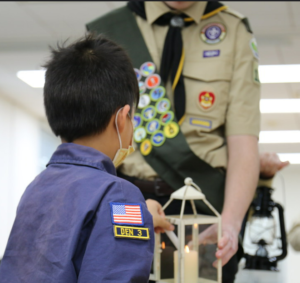
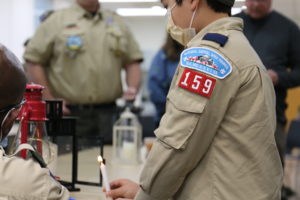
Over the weekend NCAC hosted the Annual Peace Light Ceremony. Scouts were able to share the history and background of the event. The tradition began in Austria in 1986 as a small charitable relief program. Its message began to spread worldwide and Scouts have been known to participate for decades. In Scouting it is used as a Messengers of Peace project.
The Peace light is symbolic of hope, unity and of course peace!
NCAC’s Scouts observed the tradition by lighting the peace candle and sharing its light with their communities. These lights help us usher in the holiday spirit and good intentions for the new year. After learning about the history of the event, Scouts led their families in a chorus of hymns. We are encouraged to practice peace in this season and every season.
Our end of the year theme was raise resilience, when asked how they raise resilience in their communities a Scout shared
“I raise resilience by sharing my light”
Share your light !!
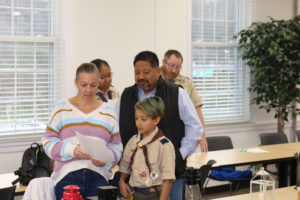
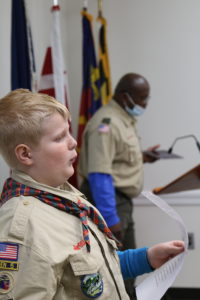
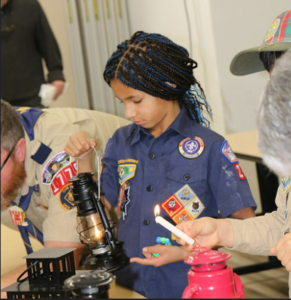


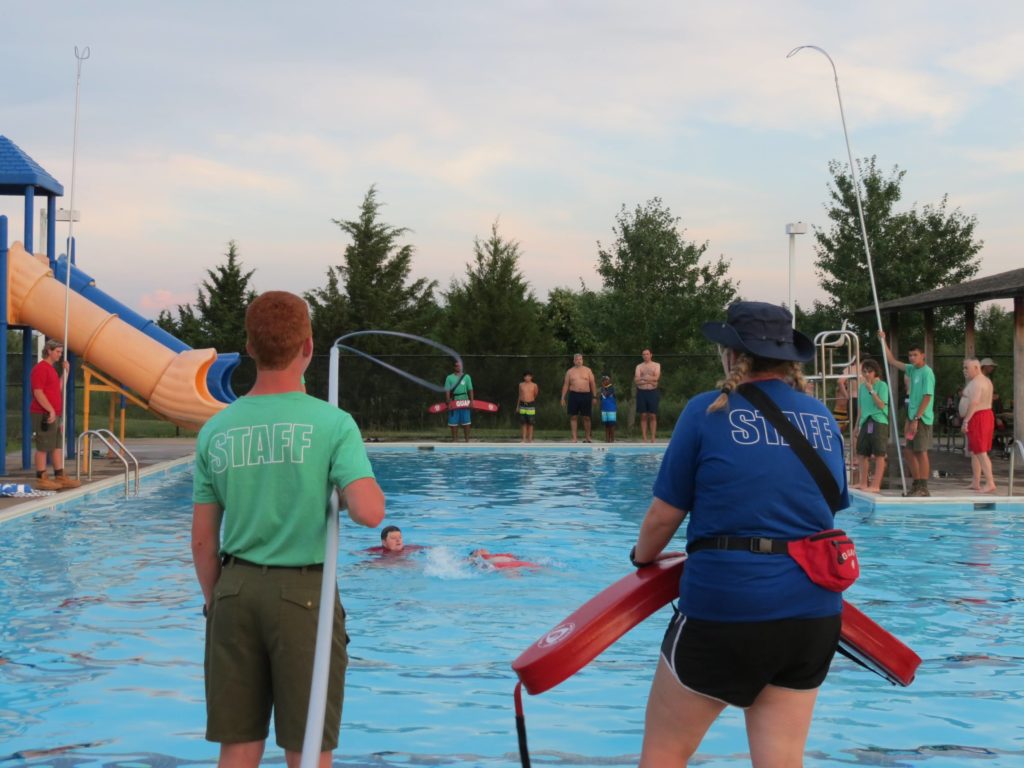


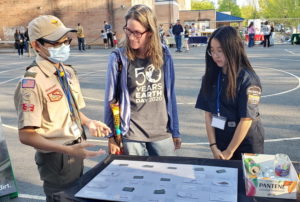 Great Falls National Park (VA) has been a popular tourist destination even before COVID-19 for its rich history – home to one of the nation’s first canals, the scenic view of the Great Falls of the Potomac, as well as hiking trails along Potomac River. After the COVID-19 lockdown in 2020 and the local government’s encouragement of the using of parks and outdoor recreation to mitigate mental health issues, Great Falls National Park again became a hot destination for families in the Washington DC area.
Great Falls National Park (VA) has been a popular tourist destination even before COVID-19 for its rich history – home to one of the nation’s first canals, the scenic view of the Great Falls of the Potomac, as well as hiking trails along Potomac River. After the COVID-19 lockdown in 2020 and the local government’s encouragement of the using of parks and outdoor recreation to mitigate mental health issues, Great Falls National Park again became a hot destination for families in the Washington DC area.
 To allow for a comparison, I also participated and collected trash weight data from three sessions (March 20th, March 27th and April 10th) of the litter pick up project that BSA Troop 55 scouts completed at Great Falls National Park (VA). The trash weight data allowed me to establish the baseline data for my “pre-LNT” education sessions. The first step is to collect three rounds of trash, calculate the weight of the trash. Then, set up a “Leave No Trace” education/exhibition table at the picnic areas later at the park and educate visitors on the “Leave No Trace” principals for 2-3 hours. After the exhibition, the Troop 55 scouts collected trash again to see any difference in terms of weight of the trash to analyze the impact of “Leave No Trace”. My plan was to conduct 2-3 “Leave No Trace” education sessions at the picnic area to collect enough comparison data.
To allow for a comparison, I also participated and collected trash weight data from three sessions (March 20th, March 27th and April 10th) of the litter pick up project that BSA Troop 55 scouts completed at Great Falls National Park (VA). The trash weight data allowed me to establish the baseline data for my “pre-LNT” education sessions. The first step is to collect three rounds of trash, calculate the weight of the trash. Then, set up a “Leave No Trace” education/exhibition table at the picnic areas later at the park and educate visitors on the “Leave No Trace” principals for 2-3 hours. After the exhibition, the Troop 55 scouts collected trash again to see any difference in terms of weight of the trash to analyze the impact of “Leave No Trace”. My plan was to conduct 2-3 “Leave No Trace” education sessions at the picnic area to collect enough comparison data. What I learned from the research on the Leave No Trace education:
What I learned from the research on the Leave No Trace education: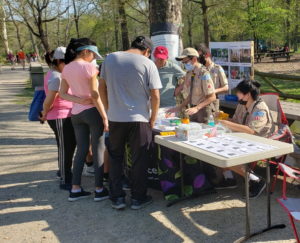 In June 2022, I graduated from the Virginia Youth Conservation Leadership Institute (YCLI) and gave my presentation to the board of the Virginia Youth Conservation Leadership Institute (YCLI) and received my certificate via mail from Ms. Maura Christian, the YCLI Coordinator, Education & Training Coordinator-Virginia Association of Soil & Water Conservation Districts. In addition, Dr. Sara Holtz and Ms. Ashley Palmer, the Conservation Education Specialist, Northern Virginia Soil & Water Conservation District, referred me to publish my presentation at the 2022 Virtual Student Environmental Action Showcase (SEAS). For details of my YCLI project presentation, you can check it out at this web link: https://seas.live/2022-seas/student-projects/
In June 2022, I graduated from the Virginia Youth Conservation Leadership Institute (YCLI) and gave my presentation to the board of the Virginia Youth Conservation Leadership Institute (YCLI) and received my certificate via mail from Ms. Maura Christian, the YCLI Coordinator, Education & Training Coordinator-Virginia Association of Soil & Water Conservation Districts. In addition, Dr. Sara Holtz and Ms. Ashley Palmer, the Conservation Education Specialist, Northern Virginia Soil & Water Conservation District, referred me to publish my presentation at the 2022 Virtual Student Environmental Action Showcase (SEAS). For details of my YCLI project presentation, you can check it out at this web link: https://seas.live/2022-seas/student-projects/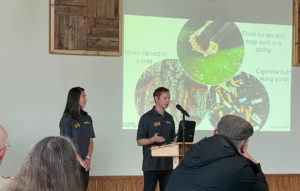 There was so much to do, and so many people to talk to! Participants got to hear from and sit down to share a meal with national experts and resources. The Leave No Trace Traveling Trainers were there to share a lot of great ideas on how to help youth to build an outdoor ethic. Leave No Trace Director of Education and Training JD Tanner took us through Leave No Trace’s recent changes and their strategies for the next few years. The BSA National Outdoor Ethics and Conservation Committee teams shared what they’re working on and the support they can provide to councils.
There was so much to do, and so many people to talk to! Participants got to hear from and sit down to share a meal with national experts and resources. The Leave No Trace Traveling Trainers were there to share a lot of great ideas on how to help youth to build an outdoor ethic. Leave No Trace Director of Education and Training JD Tanner took us through Leave No Trace’s recent changes and their strategies for the next few years. The BSA National Outdoor Ethics and Conservation Committee teams shared what they’re working on and the support they can provide to councils.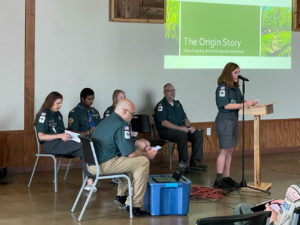
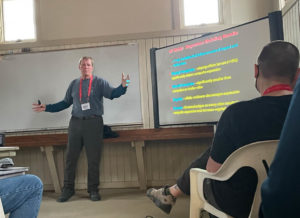
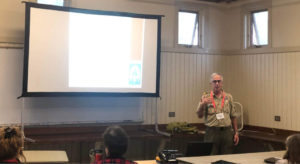
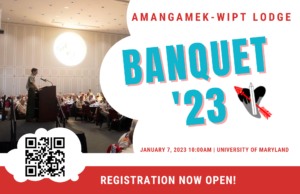
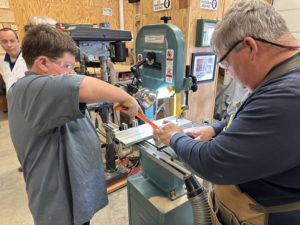 Have you ever heard of BlastCars?
Have you ever heard of BlastCars?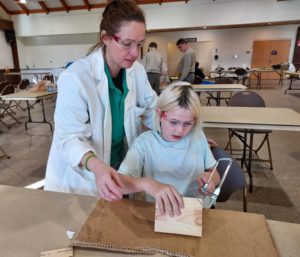

 After 1000+ Pinewood Derby cars, Michael’s Woodshop has perfected a build process. The Blastcar build was only slightly different. Scouts had to ensure that designs do not intersect with the drilled holes for the Co2 cartridges. Additionally, while PWD cars’ starting gates release at the front of each car, Blastcars are lined up against the rear (where the cartridges are!)
After 1000+ Pinewood Derby cars, Michael’s Woodshop has perfected a build process. The Blastcar build was only slightly different. Scouts had to ensure that designs do not intersect with the drilled holes for the Co2 cartridges. Additionally, while PWD cars’ starting gates release at the front of each car, Blastcars are lined up against the rear (where the cartridges are!)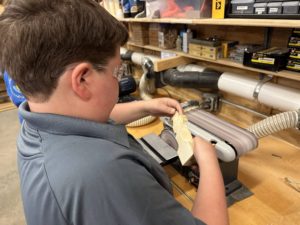 The Woodshop machinery as well as Mr. Dave’s expertise made for an incredible experience. Sure, scouts could design blast cars with hand tools. In fact, 2 weeks before the scouts’ woodshop visit, they practiced using hand tools. This juxtaposition led to a greater appreciation of the Woodshop opportunity, and the professional cars they got to design!
The Woodshop machinery as well as Mr. Dave’s expertise made for an incredible experience. Sure, scouts could design blast cars with hand tools. In fact, 2 weeks before the scouts’ woodshop visit, they practiced using hand tools. This juxtaposition led to a greater appreciation of the Woodshop opportunity, and the professional cars they got to design!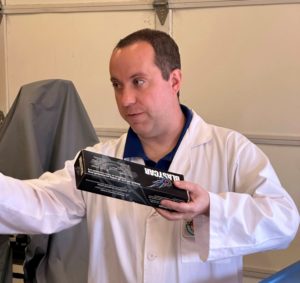

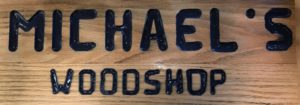 For more information about the merit badge classes, shop capabilities, upcoming events or reserving the shop, please visit the Michael’s Woodshop webpage. If you have questions or would like additional information, please email us at
For more information about the merit badge classes, shop capabilities, upcoming events or reserving the shop, please visit the Michael’s Woodshop webpage. If you have questions or would like additional information, please email us at